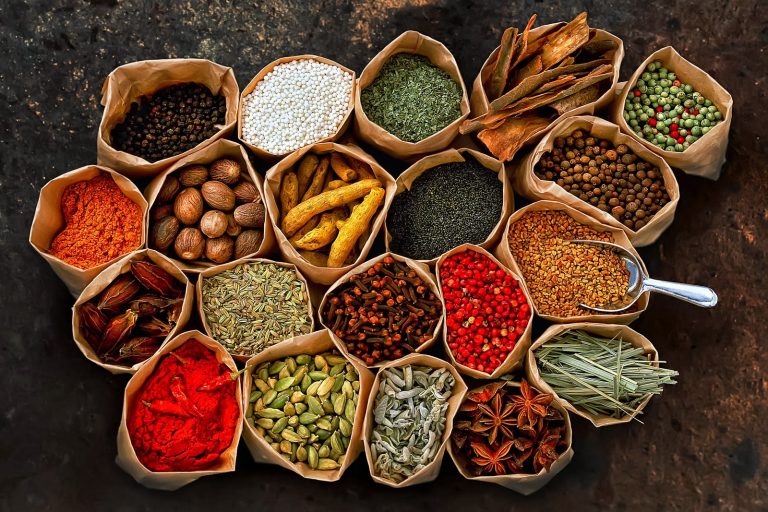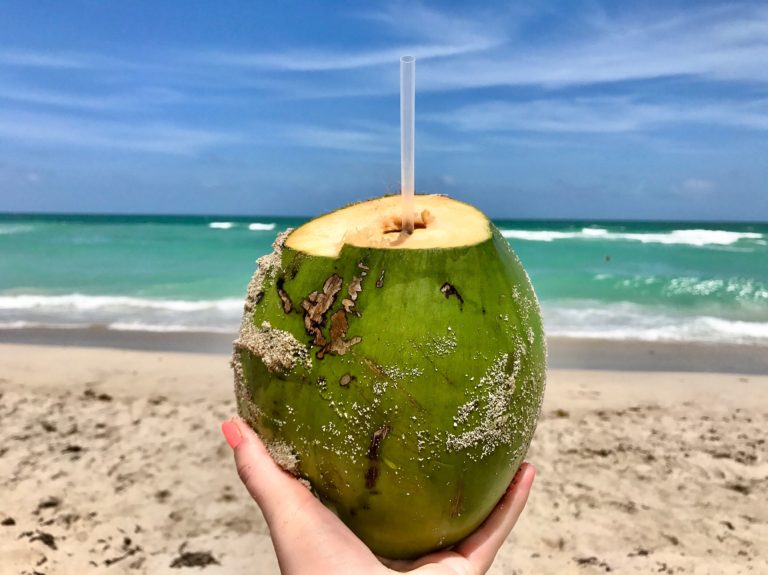
Most of us go about our busy lives, grabbing food on the go without thinking much about what’s in it. We mistakenly assume because it’s sold on a shelf, it’s regulated with healthy and consumable ingredients. In reality, you may be surprised at what kinds of additives and chemicals are legally allowed in some of the food you eat regularly.
Pre-packaged food must have a long enough shelf life to make it from the processing plant, to the store, to the consumer. Chemical preservatives keep the food fresh longer, and over 14,000 lab-made additives enhance its shelf appeal. Research estimates that the United States consumes 1 billion pounds of chemical additives each year, averaging out to approximately 6-9 pounds per person.
While the use of these chemicals is kept as quiet as possible, for obvious reasons, they have been associated with a number of negative health and behavioral conditions. If you wish to be health conscious, you should start by educating yourself on what goes into much of the food you purchase.
Ingredient labels can be a mire of long and unfamiliar words, but a little research goes a long way. Acquainting yourself with what substances to avoid can be the first step on the path to purer food and better health.
Here are some of the most common chemicals you eat every day:
Artificial Flavoring
Artificial flavoring is a blanket term that refers to man-made chemicals created to taste the same as natural flavors, such as vanilla, strawberry, or lemon. Because it’s cheaper to use in most products, it’s very common. Studies suggest it may result in behavioral changes.
High Fructose Corn Syrup
This sweetener, made from corn, is popular with food manufacturers because it’s cheaper and sweeter than cane sugar, and it maintains moisture, while preserving freshness. This additive is extremely common in processed food and is believed to contribute to heart disease. In addition to accelerating the aging process, it also raises cholesterol and triglyceride fats in the blood, making it more prone to clotting.
Monosodium Glutamate (MSG)
MSG is made of components naturally found in our bodies of water, sodium and glutamate, but that doesn’t mean it’s meant to be ingested. MSG is a flavor enhancer often used in seasonings, condiments, bouillons, and snack chips. It reportedly causes headaches, seizures, nausea, tightening in the chest, and a burning sensation in the forearms and neck. MSG may also be listed as “hydrolyzed soy protein” or “autolyzed yeast.”
Sodium Benzoate
Sodium Benzoate is used as a preservative in both drinks and food products. When used in conjunction with food color, sodium benzoate may increase hyperactivity in children. It may also react with vitamin C to create a cancer-causing substance called benzene.
Aspartame
Aspartame is an artificial sweetener commonly used in diet drinks and some food products. Aspartame has been controversial for years and has been reported to cause seizures, headaches, mood disturbances, and even cancer. It may be listed as a brand name such as Equal or NutraSweet.
Benzoic Acid
Benzoic Acid is an additive used in everything from chewing gum and ice cream to pickles and salad dressing. Benzoic Acid can contribute to asthma attacks and hyperactivity, as well as headaches and digestive issues.
Potassium Bromate
An additive banned in Europe, Canada, Asia, and Brazil, Potassium Bromate is an oxidizing agent that chemically ages flour, strengthening its elasticity. It has caused cancer in some animals, and even small amounts create a risk for humans. Consumers might also see it listed on a food label as bromated flour.
Sodium Caseinate
Sodium Caseinate is a biochemical found in many dairy products. It’s suspected to contribute to or cause many milk-based allergies, which result in reactions such as skin rashes, stomach upset, or respiratory arrest. Ingesting large quantities of Sodium Caseinate can also harm your kidneys.

BHA (Butylated Hydroxyanisole)
BHA is a preservative frequently found in many foods such as butter, cereal, beer, baked goods, dessert mixes, and chewing gum. While it is “generally recognized as safe” by the Food and Drug Administration, the National Institute of Health categorizes it as “reasonably anticipated to be a human carcinogen.”
Canthaxanthin
Canthaxanthin is a color additive used in foods that need a boost of yellow or red, like eggs or salmon. Studies have found that great quantities of Canthaxanthin can result in retinal damage.
Nitrates/Nitrites
Nitrates are a synthetic food preservative often added to cured meat. When nitrates are exposed to high heat during the cooking process, they convert to nitrites. Nitrites combine with amines to form cancer causing nitrosamines.
Maltodextrin
Maltodextrin is added to a number of foods like pudding, salad dressing, and sauces as a thickening agent. The side effects of Maltodextrin include unexplained weight gain, bloating, and allergic reactions such as asthma, rash, itching, and respiratory distress.
Olestra
Olestra is a fake fat additive designed to replace the regular oil in snack foods such as chips. Although it’s often marketed as a miracle fat, allowing consumers to eat without guilt, Olestra reduces the body’s ability to absorb vitamins by causing stomach and gastrointestinal distress resulting in diarrhea.
Soy Lecithin
Soy Lecithin, a byproduct of soybean oil production, is an emulsifying additive found in many foods from candy bars and bakery items to tea bags and cough drops. In high doses, Soy Lecithin can cause rashes, headache, weight gain, nausea, vomiting, dizziness, and in severe cases, anaphylactic shock or death.
Coloring Additives
Coloring additives are found in almost every kind of processed food and drink. Artificial food coloring is widely thought to contribute to increased hyperactivity in children. In the 1970’s Red #2 was banned when it was proven to cause cancer in lab rats, followed closely by Orange #1. While Yellow #1, #2, #3 and #4 have been made illegal, Yellow #5 is undergoing tests for links to anxiety, migraines, hyperactivity and cancer. Yellow #6 has caused adrenal tumors in animal testing, and occasional hypersensitivity reactions.

























